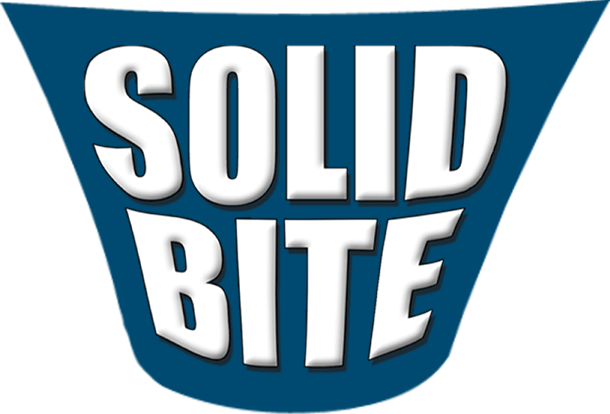The Good Old Days of Dentistry
For those of us who are old enough to remember Leave It to Beaver when it was in first run, let’s review where dentistry was and where it is now. Here’s what I remember. My dentist gave me a choice if I wanted to be numb or not. It was $5 extra for that shot. My mom paid it. The drill was connected to a pulley. I’d watch the frayed part of that twine travel up and down while my head rattled to the beat of the drill. The water in the sink made those concentric revolutions. I’d try to spit right down the hole in the middle. Everyone wore white. I climbed up in the chair. The assistant adjusted those two little disks on the back of my head. She took a couple of x-rays and then went out for what seemed like an eternity getting those things developed. Then the dentist walked in and readjusted the same headrest that the assistant had just set. And when I got all done, I climbed out of the chair and went behind the secretary’s desk where there was a small box where I could pick out a toy. Now those were the days.
Fast forward to today. We have virtual teeth being placed on virtual models that are created by computer and CT Scans. We’re taking fewer impressions as the age of goop is declining and being replaced with scanned images of our mouths instead. The images are emailed to a lab that creates accurate models of our mouths from those scans. Or the images allow the dentist to design and mill a crown right in the office.
I placed my first implant on May 16, 1986. Implants used to come in one length and three widths. I used to have to cut them to the correct length, smooth them, and resterilize them all in a single surgical procedure. Imagine how long that procedure took. Now I do virtual surgery on the computer, email the image of the virtual surgery to the lab who makes me a guide that I can temporarily attach to the teeth, preselect the implant, and often place the implant without making an incision. We can then “scan” the implant and create a abutment (portion that fastens the crown to the implant) customized to the patient’s gum tissue and surrounding tooth position and at the same time make the final crown for the implant; truly amazing and so much easier for both patient and dentist.
Long ago, some patients would hear that there is “not enough bone” for an implant. That problem is hardly ever seen any more. The dental CT scan can uncover bone that would never be seen in conventional x-rays. If there is still not enough bone, we have bone powders, putties, and blocks, growth factors harvested from your platelets, and stem cell attractants all successfully replacing missing bone. Missing soft tissue? We have freeze dried skin, membranes made of pericardium, growth factors, and the latest-cells grown in tissue culture that stimulate the body to replace missing gum tissue.
Technology is giving us more opportunities to live our dental lives comfortably. I wonder what the next 50 years will bring?
Lee N. Sheldon, DMD




